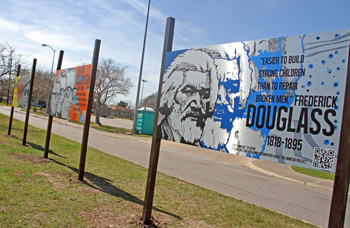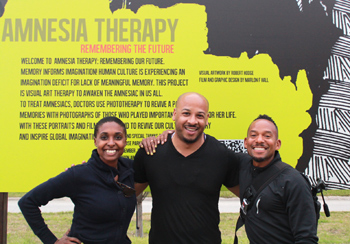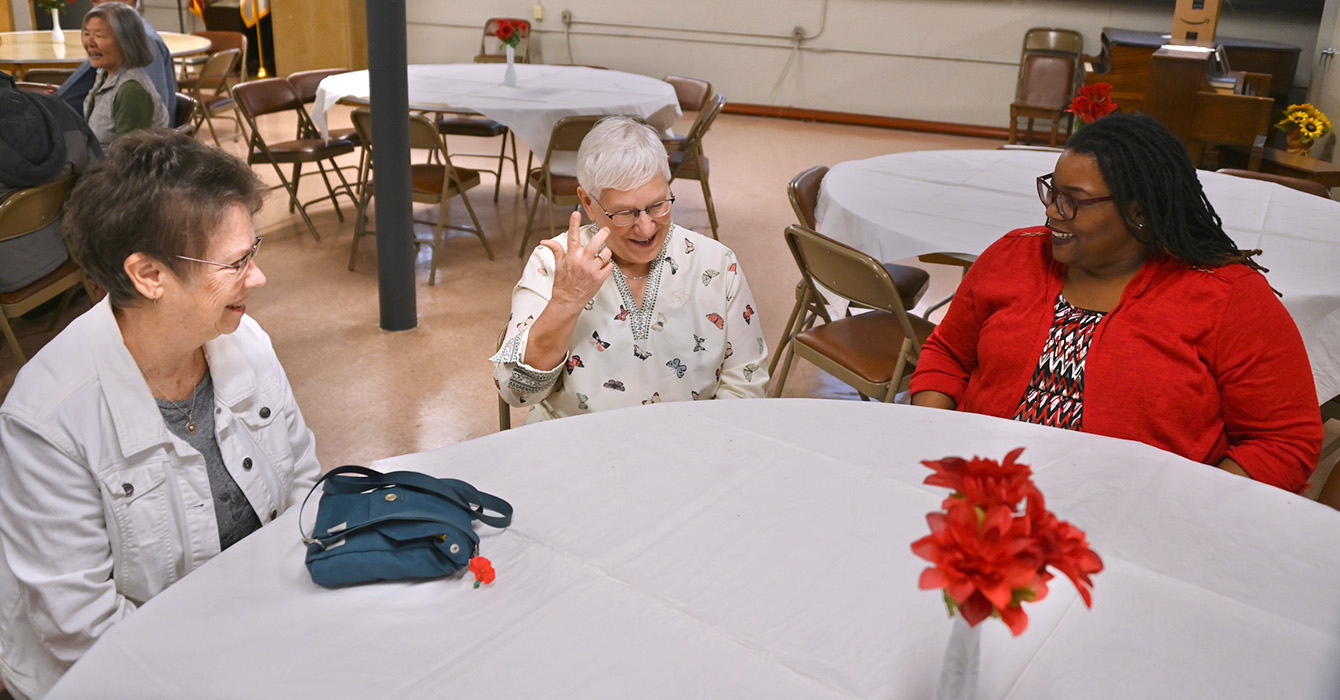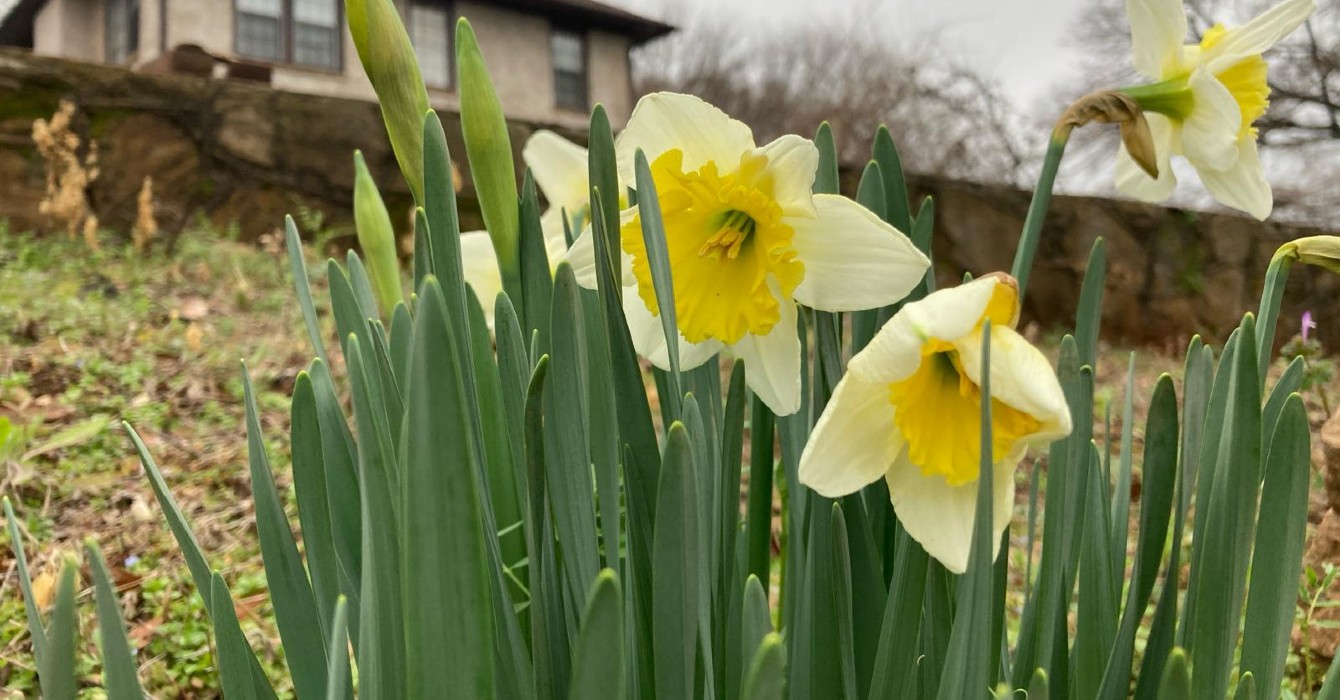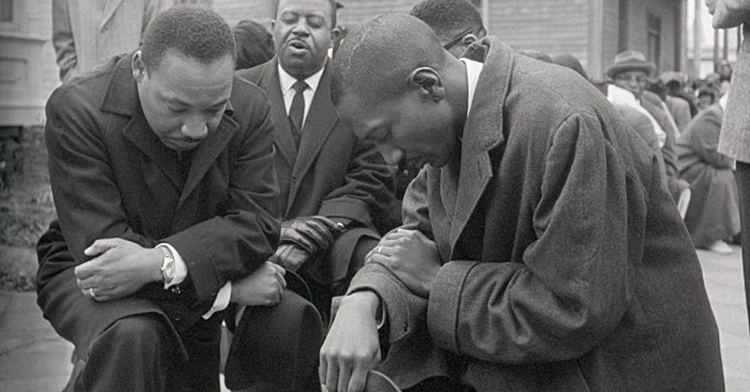After doing research into how doctors treat amnesia patients, Marlon Hall and Danielle Fanfair of Houston’s Awakenings Movement devised their own set of practices that they say help revive cultural memory and also help individuals get in touch with their truest selves.
The process underlies a current art installation designed to inspire low-income African-American neighborhoods in Houston, and it has been used to help Awakenings members identify and pursue goals in their personal and professional lives. Additionally, Hall says businesses have approached him about using the techniques to help companies get back in touch with core values.
Hall walks people through a weeks-long, multistep process that he says is designed to help unlock imagination by removing obstacles to memory. As he writes on his website, “The road to post-amnesia involves art, music, and picture therapy to jar our memory of who we are, who God is, and what he has called us to do.” The process ends with the creation of a detailed action plan.
Here are the steps of the process:
Journaling. Participants are encouraged to keep a journal and write in it daily. This involves both stream-of-consciousness writing and answering questions supplied by Hall that deal with personal goals and the individual’s relationship with God. As people follow the steps of the program that involve delving into the past, they’ll also use the journal to deal with painful emotions that might be dredged up.
Excavating personal history. Hall has members search their memories for important moments in their lives, good or bad. He asks them to seek out parallel biblical stories and to think about common themes. He also asks people to find old photographs that relate to important moments in their lives and then to closely examine them, writing about the details in their journals.
Automatic drawing. Awakenings Movement members engage in automatic drawing while listening to music. He refers to this as a way of reclaiming what he calls “indigenous memory.” He encourages listening to African drumming but also supplies a hypnotic jazz tune online for people to listen to while drawing. Afterward, people are asked to analyze their drawings and dissect what was going through their minds as they drew.
Art therapy. Hall uses a variety of art therapy techniques, including extemporaneous writing in which participants describe what frightens them most. People are asked to identify the riskiest decision that they could make. Hall often encourages people to confront their fears and take risks in pursuit of their life goals. Other exercises include having participants watch a movie clip and then describe the main character’s dreams for the future, using this as a springboard for discussing their own dreams. He also sometimes uses other art therapy techniques such as asking participants to sculpt dream figures using aluminum foil or to take photographs of things that represent their biggest dreams in life.
Contract document. After going through these steps, participants have weekly one-on-one sessions for three weeks in which each drafts a detailed plan, or “contract,” that sets out exactly what the person must do in order to reach his or her goal.

